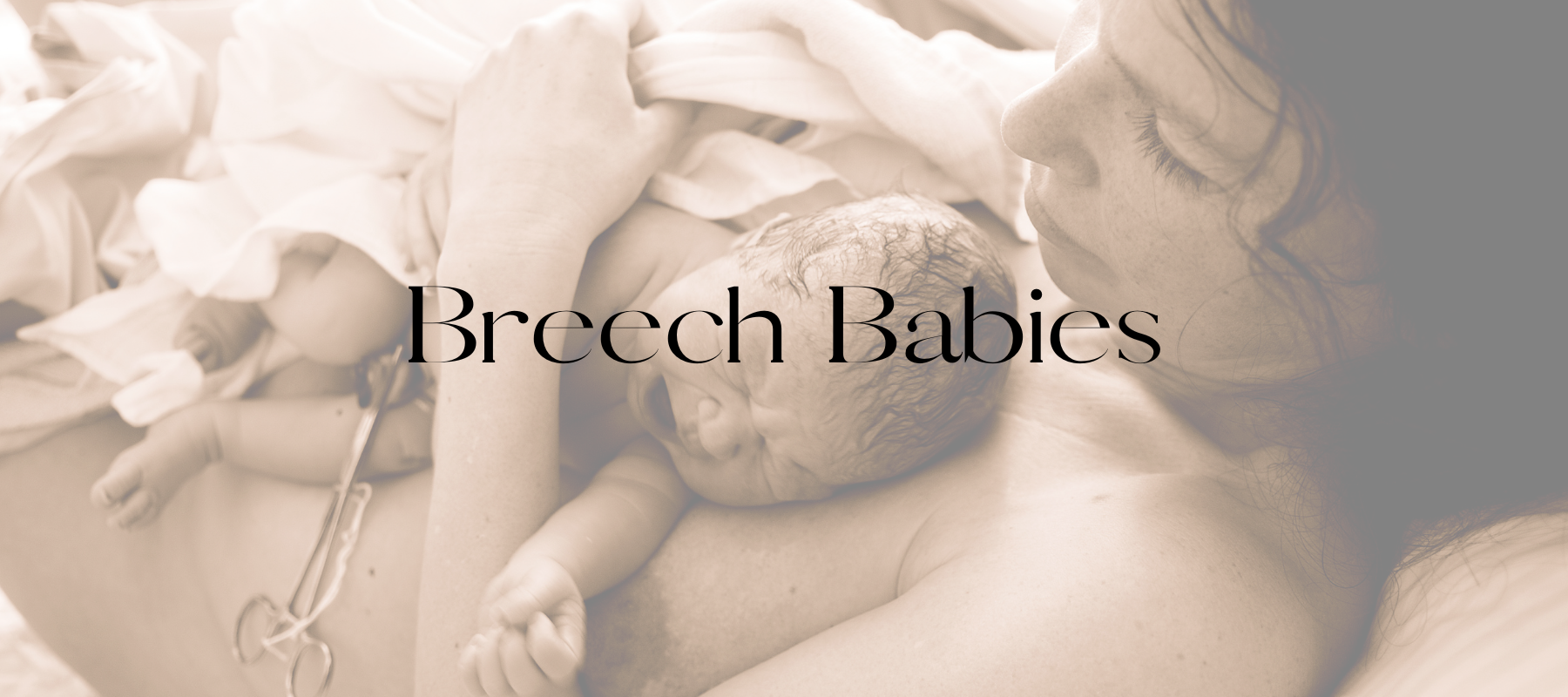Skin to skin contact is when your naked baby is placed prone on your chest following delivery.
Research supports the initiation of skin to skin contact immediately or as soon as possible after delivery of your baby. Benefits of skin to skin include:
- better maintenance of baby’s temperature
- aids in breastfeeding initiation
- decreased maternal/infant anxiety levels
- increased bonding
What if you need to deliver via caesarean section?
If, for whatever reason, you need to deliver via caesarean instead of vaginal delivery - skin to skin contact is crucial for the introduction of healthy bacteria from your skin to your baby. As they are delivered, surrounded by a sterile field, they do not come into contact with your skin flora which ultimately helps to colonise their immature gastrointestinal system in preparation for breastfeeding.
For skin to skin contact in the operating room:
Mothers are encouraged to ask their health care providers for assistance in facilitating skin to skin at birth. As spinal and epidural anaesthesia becomes increasingly common, women are able to stay awake and involved throughout the caesarean process.
Facilitating skin to skin contact for new families requires staff education and training in order to overcome the obstacles of an operating theatre.
This includes the introduction, where possible, of “maternal assisted caesareans” where mum may be able to help lift baby out of her abdominal cavity and place baby on her bare chest. Maternal assisted caesareans help to initiate skin to skin contact sooner.
When is skin to skin contact not possible?
Whilst it is ideal for immediate skin to skin contact following birth, not every mother is able to do so. If you have an emergency caesarean due to obstetric or foetal complications this may affect your ability to practice skin to skin contact in the first hour or so following delivery. You may require general anaesthetic for your caesarean or baby may need to be transferred to a humidicrib for further neonatal monitoring – depending on their condition and gestational age.
If this is the case, ask your midwife or doctor to help facilitate skin to skin with you as soon as possible depending on your circumstances.
In the time while you are separated from baby after your caesarean, try to express some colostrum for them instead!
Written by Keryn Thompson, RM & IBCLC (L-301766)
References:
Bramson, L., Lee, J., Moore, E., Montgomery, S., Neish, C., Bahjri, K. and Melcher, C., 2010. Effect of Early Skin-to-Skin Mother—Infant Contact During the First 3 Hours Following Birth on Exclusive Breastfeeding During the Maternity Hospital Stay. Journal of Human Lactation, 26(2), pp.130-137.
Gouchon, S., Gregori, D., Picotto, A., Patrucco, G., Nangeroni, M. and Di Giulio, P., 2010. Skin-to-Skin Contact After Cesarean Delivery. Nursing Research, 59(2), pp.78-84.
Grassley, J. and Jones, J., 2014. Implementing Skin-to-Skin Contact in the Operating Room Following Cesarean Birth. Worldviews on Evidence-Based Nursing, 11(6), pp.414-416.
Guala, A., Boscardini, L., Visentin, R., Angellotti, P., Grugni, L., Barbaglia, M., Chapin, E., Castelli, E. and Finale, E., 2017. Skin-to-Skin Contact in Cesarean Birth and Duration of Breastfeeding: A Cohort Study. The Scientific World Journal, 2017, pp.1-5.
Karimi, F., Miri, H., Khadivzadeh, T. and Maleki-Saghooni, N., 2019. The effect of mother-infant skin-to-skin contact immediately after birth on exclusive breastfeeding: a systematic review and meta-analysis. Journal of the Turkish-German Gynecological Association, 21(1), pp.46-56.



